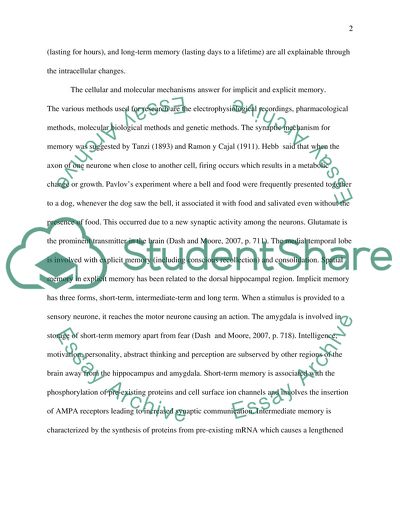Cite this document
(The Relation Between Working Memory and Intelligence in Childhood Case Study, n.d.)
The Relation Between Working Memory and Intelligence in Childhood Case Study. Retrieved from https://studentshare.org/science/1720263-consider-the-relation-between-working-memory-and-intelligence-in-chilhood
The Relation Between Working Memory and Intelligence in Childhood Case Study. Retrieved from https://studentshare.org/science/1720263-consider-the-relation-between-working-memory-and-intelligence-in-chilhood
(The Relation Between Working Memory and Intelligence in Childhood Case Study)
The Relation Between Working Memory and Intelligence in Childhood Case Study. https://studentshare.org/science/1720263-consider-the-relation-between-working-memory-and-intelligence-in-chilhood.
The Relation Between Working Memory and Intelligence in Childhood Case Study. https://studentshare.org/science/1720263-consider-the-relation-between-working-memory-and-intelligence-in-chilhood.
“The Relation Between Working Memory and Intelligence in Childhood Case Study”. https://studentshare.org/science/1720263-consider-the-relation-between-working-memory-and-intelligence-in-chilhood.


